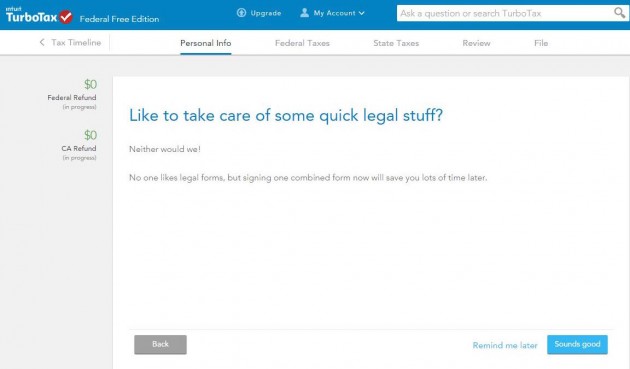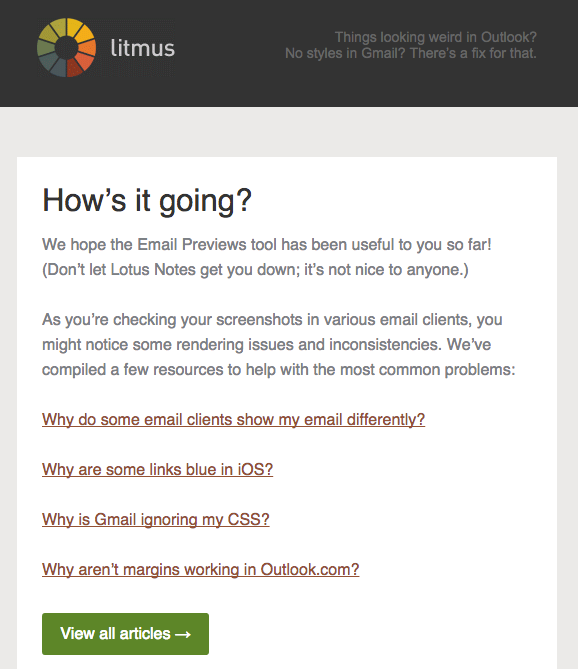
How to win friends and influence people with user-centered copywriting

Whether you’re writing marketing copy or UX copy, your goal is to get the user to take action. But to get users to act, you need to overcome the biggest challenge in copywriting:
People don’t want to like you.
Unless your product happens to be something that sells itself (free puppies, anyone?), people are naturally a bit cautious of your motives. They don’t want to be told what to do. They don’t want to give you the benefit of the doubt. And they especially don’t want to give you their money.
That means that you’re going to have to win friends and influence people.
Your job as the copywriter is to show your users that you’re on their side. That you get them. That you relate to their problems. Those things they hate? You totally understand why. Those things they love? You’ve got ‘em, and you’re willing to share. Those things they’re afraid of? You’ve been there, and know how to prevent them.
Of course, the less fun and exciting the product, the more of a challenge this is going to be.
How can you gain the trust of your users?
The key to gaining users’ trust and affection is empathy.
That means listening to your users, understanding their pain points, and acknowledging what they’re going through. It means feeling what they feel when they take an action.
If you prove to your users that you empathize with their experience, they’ll be much more likely to take the action you need them to take.
Some good examples of empathy in copywriting
TurboTax
Everybody hates doing taxes, and everybody hates legal forms. Filling out legal forms for your taxes could be the worst user experience ever, but TurboTax makes it super bearable—and builds a trusting relationship with the user at the same time.

TurboTax doesn't like legal forms, either.
If the copywriter hadn’t had empathy for the user, they could’ve simply said, “Please fill out Legal Form 1087QZ92A to proceed.” But instead, they considered how the user is going to feel when they reach this point in their workflow, and they acknowledged that feeling.
Litmus
If you’ve ever designed an email template, you probably know the pain of trying to get it to display properly in every email client. Litmus offers a tool for testing your emails, and they feel your pain.
Shortly after you sign up and play around in the tool, you get this onboarding email:

Litmus understands you might get discouraged when you see what your email looks like in Lotus Notes.
Litmus knows that at this point in the workflow, users are starting to feel discouraged and might think this whole email testing thing is more trouble than it’s worth. So in this email, they acknowledge what the user is feeling and give them the encouragement they need to continue using the product.
Exercises to help you write with empathy
So how do you develop empathy and use it in your copywriting? Here are two types of remote user tests you can run to identify what your users are feeling.
1. Free exploration study
In this exercise, you’ll learn how your users talk about their problems and solve them without your product.
When you write your test plan, give your participants a problem to solve that’s related to your product or industry. Have them start the task by going to Google and then attempt to complete the task as they normally would, speaking their thoughts aloud. (They may or may not ever encounter your site or app, and that’s okay!)
For example, if your company sells help desk software, then you’ll want to recruit test participants who lead support teams and make decisions about what software their team uses. You’ll ask those users to search for new help desk software, speaking their thoughts aloud as they investigate their options.
Run this type of study before you write copy. Listen to the words and phrases your participants use when they go about their search. How do they describe the problem? What do they say about the solutions they encounter? Write down the words that come up over and over again, and make note of any surprising or unfamiliar phrases.
2. Comprehension study
In this study, you’ll evaluate whether your users are able to easily understand copy you’ve already written.
For your study, have test participants go to your site or app and read what you’ve written. After they’ve read it, ask them to repeat it back using their own words. Does your copy convey the meaning you intended? Did they use any words or phrases that you should be using, but aren’t yet? Write down the most common words your test participants use. Is that how you want your brand to be identified?
Copywriting and empathy Q&A
When you’re thinking about empathy in copywriting, here are some questions that might come up.
Once we've written something with empathy, what comes next?
Never stop testing your copy! After every new piece you write, reflect on what worked and what didn’t. What feedback did you get from your users? Look at your metrics to determine if certain writing styles engage users more than others. Build on what’s working. Don’t be afraid to experiment.
If we’re writing for a picky client, how can we convince them to let us change the copy they’ve already written?
Nothing is more convincing than watching a user struggle to understand something! Run a quick user test or two on the piece of copy you want to rewrite. Find out whether the users can comprehend the copy that’s already there. Show your client video clips of users misinterpreting the copy, and remind them that they’re missing out on sales if their customers become confused and leave.
What if I’m a designer, not a writer?
You don’t have to be a professional copywriter to write great copy! You just have to pay attention to what your users care about, write lots of first drafts (it’s okay if most of them are terrible!), get lots of feedback from your colleagues, and A/B test everything you can. You might be surprised at how effective your copy is, even without a writing background.
When, if ever, can we use fear and guilt tactics in copy?
Your users are often smarter and more capable than you think they are, and they’ll often see manipulative copy or deceptive patterns for what they are. That said, you can use empathy to address the things people are concerned about. When users can tell that you understand their fears and worries—and you know what to do to solve them—they’ll be much more likely to enter a trusting relationship with your company.
Now get out there and write some convincing copy!
It’s not hard to engage your users and persuade them to take action if you demonstrate empathy. Don’t forget to always keep testing, getting feedback, and improving. Your users will love you for it.





